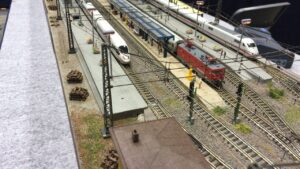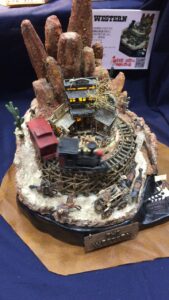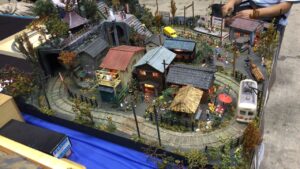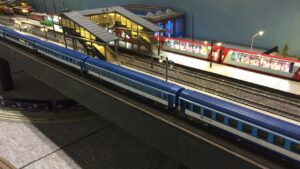Japan is renowned as a railway powerhouse. Many people use trains and bullet trains daily for commuting. This railway culture has further evolved in the form of "model railways." Japanese model railways are embraced by numerous enthusiasts due to their detailed accuracy and high quality.

- History and Development
The history of Japanese model railways dates back to the 1930s. Initially, many were handcrafted, but with the onset of the 1950s, industrialization progressed, and many manufacturers entered the market. Particularly from the 1970s to the 1980s, with technological advancements and growing popularity of railways, it can be said that there was a golden age for model railways.

- Types and Scales
Model railways come in various scales. In Japan, the most common is the "N-gauge," with scales of 1/150 or 1/160. Additionally, there are larger "HO-gauge" models and smaller "Z-gauge" models.
- How to Enjoy Model Railways

There are various ways to enjoy model railways. Beyond setting up layouts and running the trains, one can also display them as a collection or indulge in painting and customizing. Moreover, model railway events and exhibitions are held throughout Japan, attracting many enthusiasts.
- Influence on the World

The quality and detailed accuracy of Japanese model railways are highly praised by enthusiasts worldwide. Many Japanese manufacturers export overseas, allowing people around the world to enjoy Japanese model railways.
Conclusion
Japanese model railways have developed as a unique culture. Their detailed accuracy and high quality have captivated the hearts of many fans. If you're a railway enthusiast, do take the opportunity to experience this allure firsthand.